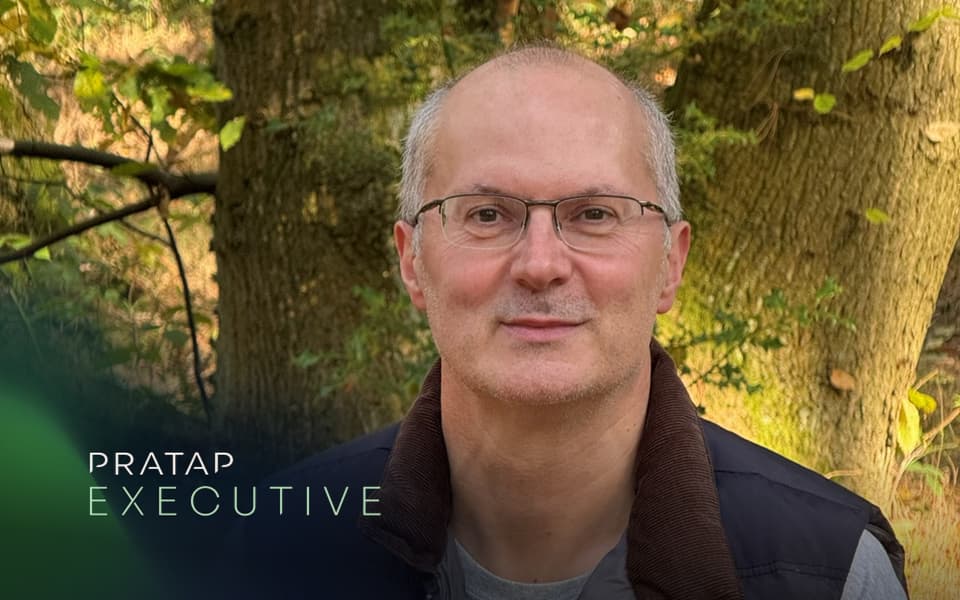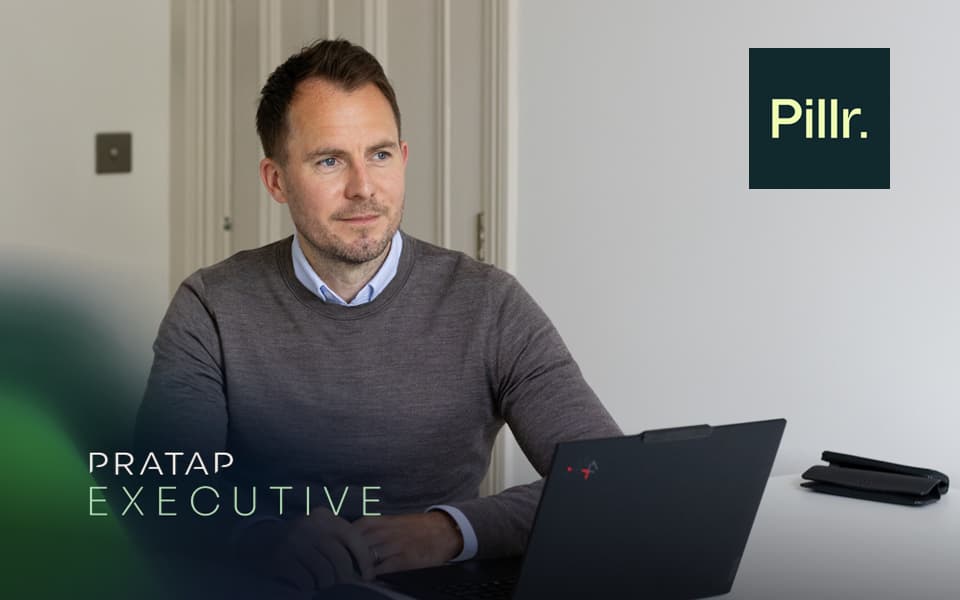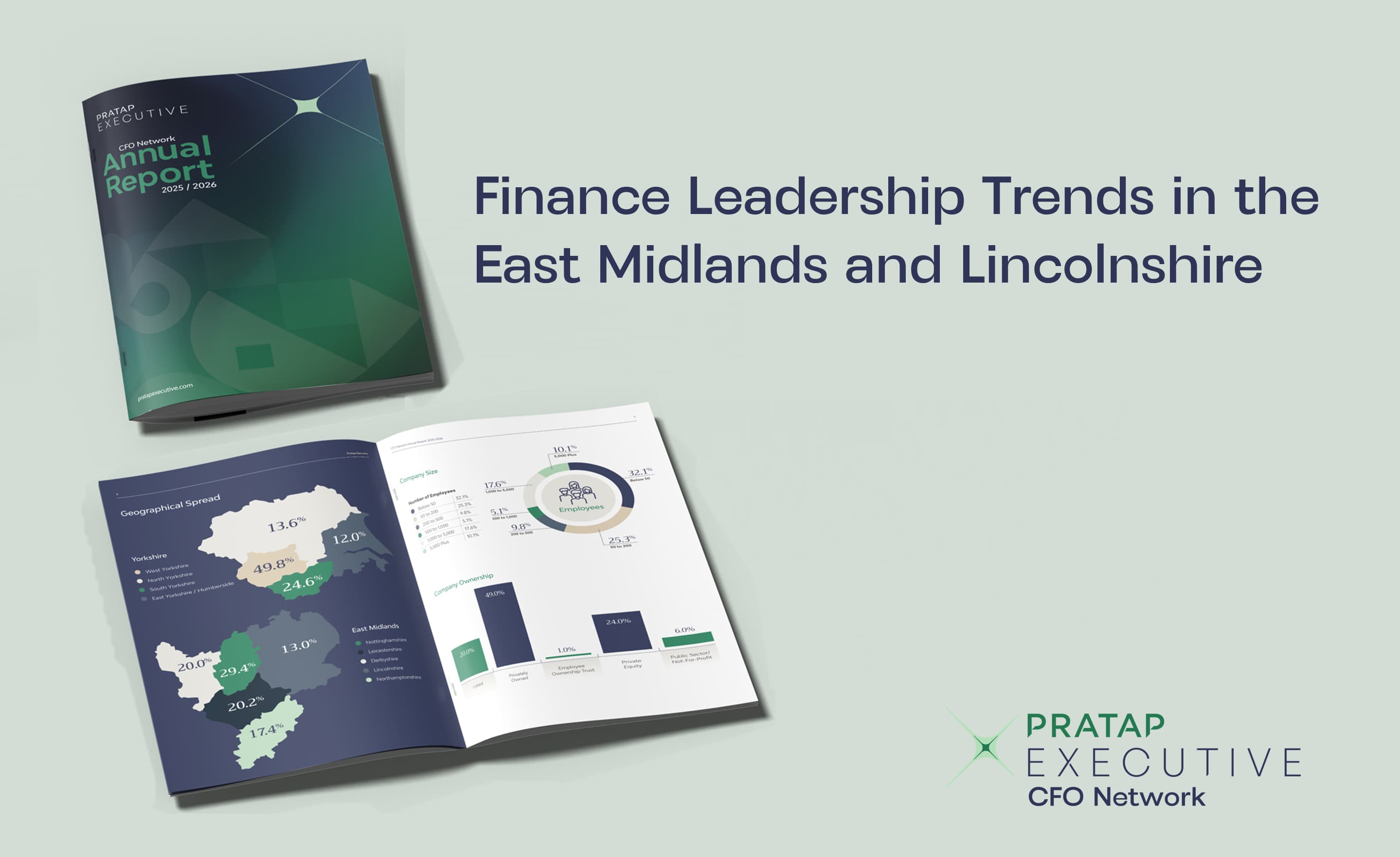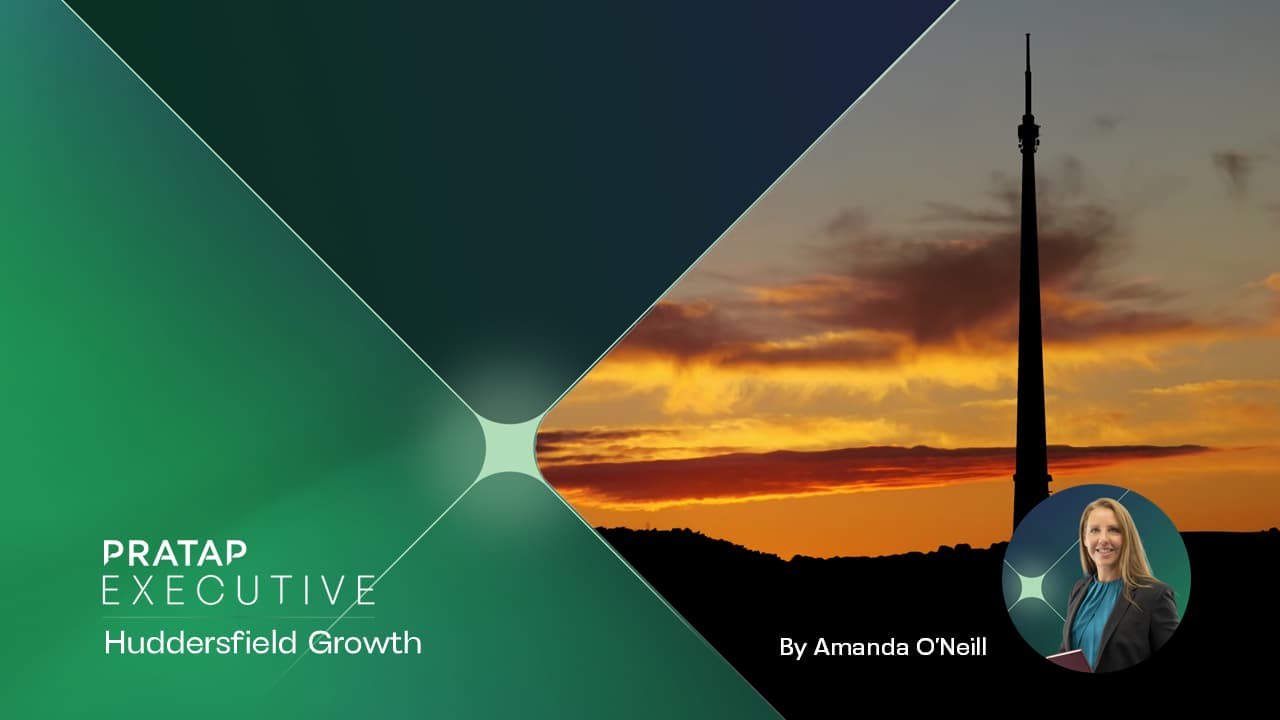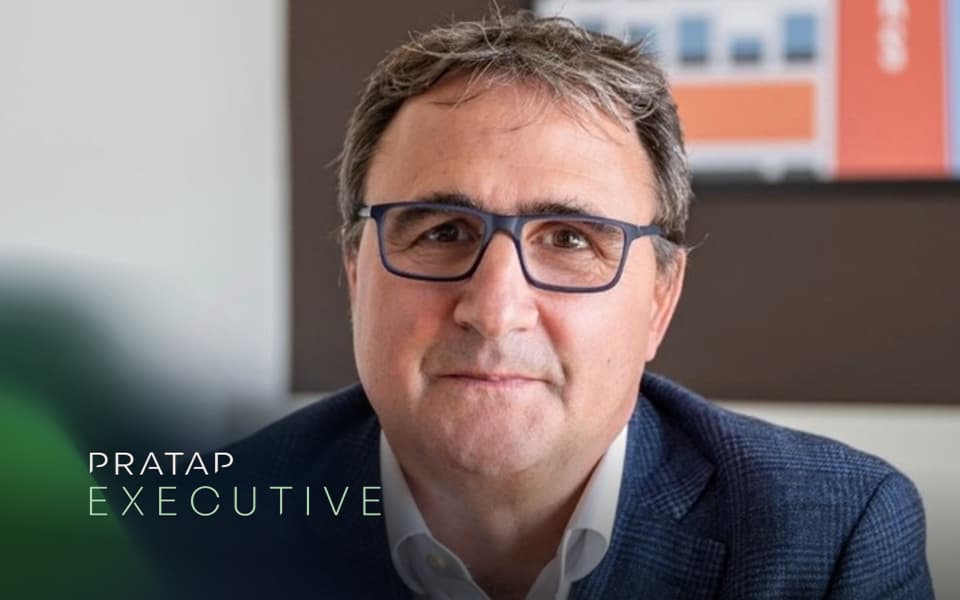BHP: Embedding People Strategy into the Future of Work
In this second part of our interview with Karen Arch, Partner and Chief People Officer at BHP, she discusses embedding EVP into daily practice, positioning people strategy as a driver of growth and preparing for the future of work.
BHP: Embedding People Strategy into the Future of Work
In this second part of our interview with Karen Arch, Partner and Chief People Officer at BHP, she discusses embedding EVP into daily practice, positioning people strategy as a driver of growth and preparing for the future of work.

In Part One of our interview with Karen Arch, Partner and Chief People Officer at BHP, we explored her proudest achievements and the firm’s approach to culture and leadership. With so much valuable insight to share, we have split this into two articles. Here, in Part Two, Karen reflects on EVP in action, people strategy as a commercial driver and how BHP is preparing for the future of work.
What are some of the most effective strategies you have found to align EVP with the day-to-day employee experience—especially when it comes to retention and engagement?
The key for me is the feedback loop. It can’t just be a one-off exercise, we don’t simply run a survey once a year and leave it there. Instead, we act on the insights, build engagement plans and communicate them clearly. That transparency builds trust, and when people see that what we promise is what we actually deliver, retention and engagement follow naturally. It’s about keeping EVP visible every day, from onboarding through to career development and making sure it constantly evolves based on feedback.
A good example of this came from our Work Experience Academy. We asked Year 11 and 12 students what they expected from an employer, and their top answer was simply: someone to talk to. That insight directly led us to introduce an on-site counsellor. Initially, she came once a week, but demand was so high that we’ve expanded it to a day and a half, plus remote sessions - there’s even a waiting list. That shows us it’s working.
The counselling service is completely confidential, but we do receive anonymised data on age, gender, and themes. Interestingly, the majority of demand has come from employees in their 40s and 50s, not just younger trainees. People at that stage of life often juggle teenagers, ageing parents, work pressures, and, in some cases, personal health changes. It highlighted challenges we hadn’t initially considered, and it’s informed our wider wellbeing strategy.
We’ve also empowered employees to own wellbeing initiatives. There’s a wellbeing group with its own budget - run by employees, not me. They decide what activities to organise, from lunchtime walks to creative workshops, and they measure impact themselves. It’s far more effective than leadership dictating what people should want, because it’s designed by employees for employees.
Even with smaller things, like onboarding, we use the same approach: constantly asking, is this what people want? For example, we are now looking at alternatives to branded welcome gifts, because we want to understand what our new recruits value. It’s about listening, acting, and then feeding that learning back into the cycle
In short, EVP alignment comes down to listening, acting, and evolving - always closing the loop so people see that their voice has shaped their experience.
How do you ensure that people strategy is not seen as a ‘support function’ but rather a driver of commercial outcomes?
For us, it’s about embedding people strategy directly into business planning and performance metrics. At BHP, that’s actually why I became a partner - because the firm recognises that talent development, engagement, and leadership capability are real growth enablers. We can’t achieve half of our commercial goals without the right people and that naturally falls within my remit.
Our promotions, retention rates, and even client satisfaction are linked to how well we support our people. We’ve reframed HR from being a “support” service to being a strategic driver by showing the return on investment that comes from culture and capability.
When I first joined, a lot of the operational processes were clunky. We invested heavily in technology to fix that, making sure things like contracts, payroll, and onboarding run seamlessly in the background. Once those basics were automated, we could free up capacity to focus on the people partner model, which is where HR really adds strategic value.
That shift has been transformative. Instead of being seen as the department that just issues letters or manages payroll, our people partners are now deeply embedded with service lines. They’re close enough to see how their work impacts the bottom line, not by “making money” directly but by enabling commercial decisions and growth. Ultimately, 80–90% of the function is now focused on strategy and helping the business deliver against its five-year plan, with the operational tasks becoming a small, almost invisible part.
What’s been the most unexpected challenge you’ve faced in your time at BHP and what did it teach you about leading through change?
Looking back, the overarching challenge has been navigating the rapid cultural evolution that came with growth. Bringing in leaders like Graham (our CFO) and Mel (our CIO) really shifted the dial in how we operate. That success brought new visibility and higher expectations, which can feel intense at times.
It taught me a lot about agility and humility - about evolving the people strategy quickly, sometimes without much time to catch our breath, while still holding onto what makes BHP great. The firm has been successful for decades, so the goal wasn’t to reinvent everything but to add structure and language to what we were already doing well.
One colleague described it perfectly: it felt like changing a tyre on a moving car - exciting, slightly terrifying, but ultimately rewarding.
Professional services firms often face the challenge of sounding the same in employer branding. What has BHP done differently to stand out in a crowded talent market?
When I first joined, I asked one of our partners, Chris Neil, what a “successful person at BHP” looked like. I was expecting a long answer about skills or background, but he gave me just one word: humility. And he was absolutely right. That quality really underpins who we are, and it’s something we’ve leaned into ever since.
Our employer branding is built on authentic storytelling and the employee voice - not just glossy campaigns. We showcase real people and their journeys. For example, when we win awards like Great Place to Work for Women, we don’t just announce it, we ask employees what it actually means to them. One of our partners, Ellie, started as a non-graduate trainee with us and built her career here. Stories like hers resonate far more than corporate slogans.
What sets us apart is that our values aren’t just posters on a wall. I’ve been in organisations where the interview experience feels disconnected from the day-to-day reality. At BHP, what we talk about in recruitment genuinely reflects what people experience once they join. That consistency - focusing on humility, community, inclusivity, and development - has become a differentiator.
We hear it back from candidates too, whether at apprenticeship fairs, recruitment events, or in conversations with experienced hires. The feedback is consistent: BHP feels authentic. We don’t pretend to be something we’re not. As one candidate put it, we’re a bit like Ronseal - we “do exactly what it says on the tin.”
When you think about the future of work, especially in professional services, what shifts are you preparing BHP for right now?
For us, it’s all about flexibility, purpose, and tech-enabled growth. Hybrid work is definitely here to stay post-COVID, but so is the need for connection. That means investing heavily in leadership development, digital tools, and wellbeing strategies that support a truly diverse workforce. We want everyone who joins us - whatever their background, to thrive. That’s why we launched our Time to Thrive initiative.
On the technology side, AI is a huge topic, but we see automation as a way to enhance, not replace, human capability. The future is about striking the right balance: innovation and empathy, performance and people. That balance underpins our ambition to be part of the Northern Powerhouse - a firm with real growth ambitions, but also one that treats people on their own merit.
At a recent university careers fair, a student told me their lecturer had advised them to speak with us because “BHP will treat you as a person, not a number.” They contrasted that with the Big Four, which they felt didn’t align with their values. Feedback like that reinforces that our strength lies in combining growth with authenticity.
So, while we continue to evolve and embrace change, we’re careful not to lose sight of who we are and what BHP stands for. That authenticity will remain the foundation of our future.
Our Perspective:
What shines through from Karen’s insights is that people strategy drives commercial success. At Pratap Executive we see every day how businesses that invest in culture, leadership development, and authentic EVP not only attract the best talent but also outperform in the long run.
BHP sets a benchmark for professional services firms across the North - showing that growth and authenticity can, and should, go hand in hand. We believe businesses can learn a lot from their example, and we’re committed to helping leaders across the region embed the same principles in their own organisations.



.jpg)
.jpg)


